Two posts ago, I took you to my favorite place in San Francisco called Lands End. Now, I want to continue our tour along the coast and start at Fort Manson.
Fort Mason, once known as San Francisco Port of Embarkation, is a former United States Army post located in the northern Marina District. It served as an Army post for more than 100 years and was the principal port for the Pacific campaign during World War II. Today this area is part of the Golden Gate National Recreation Area like Lands End, and houses several cultural facilities like the Museum of Modern Art Artists Gallery, a school of music, bookstores ans restaurants. There is also an outdoor exploratorium locate on the Fort Mason Center campus. Every Sunday, you can also find a farmer’s market there where you can purchase fresh fruits and vegetables as well as delicious meals.
If you then continue your walk eastwards along the coastal trail, you’ll arrive at the large area of Fisherman’s Wharf including several attractions. Fisherman’s Wharf gets its name and neighborhood characteristics from the city’s early days when Italian fishermen came to the city. One of them, Achille Paladini, successfully sold local fish as owner of the Paladini Fish Company, and came to be known as the “Fish King”. From then until the present day, despite its redevelopment during the 1970s and 1980s, it remained the home base of San Francisco’s fishermen and fishing fleet.
The first tourist attraction is the Ghirardelli marketplace. In 1893, the Italian chocolatier Domingo Ghirardelli purchased the entire city block and made it into the headquarters of the Ghirardelli Chocolate Company. Today, only a gift shop and a cafe of Ghirardelli are left – the rest of the building was turned into a shopping center with all kind of shops.
Between Ghirardelli and Hyde Street Pier, you can find one of San Francisco’s most iconic attractions: the cable car! The San Francisco cable car system is the world’s last manually operated cable car system. Originally, there were 23 lines established between 1873 and 1890 – today only three remain. And one of those routes end at Fisherman’s Wharf. It’s great fun taking a cable car from downtown to the coast, and I can highly recommend to put it on your list. I was only more impressed by the manual process of turning the cable car so it can drive back downtown.
Next to the cable car, you find the Hyde Street Pier which is a historic ferry pier. Prior to the opening of San Francisco’s bridges, it was the principal automobile ferry terminal to the North (Sausalito) and East (Berkeley). Today, the pier is not in use anymore and is instead part of the San Francisco Maritime National Historic Park. Various historical ships can be found there, some can also be visited through self-guided tours. Among the ships on display or in storage are the Balclutha, an 1886 square rigged sailing ship, as well as C.A. Thayer, Eureka, Alma, Hercules, Eppleton Hall, and over one hundred smaller craft.
After Hyde Street Pier, Fisherman’s Wharf most crowded area starts including many seafood restaurants which go back for several generations like Fishermen’s Grotto, Pompei’s Grotto and Alioto’s. San Francisco’s best know dish is called clam chowder and you can find it everywhere around Fisherman’s Wharf – a thick clam soup served in a sourdough bread bowl. If you are into seafood, you should definitely give it a try!
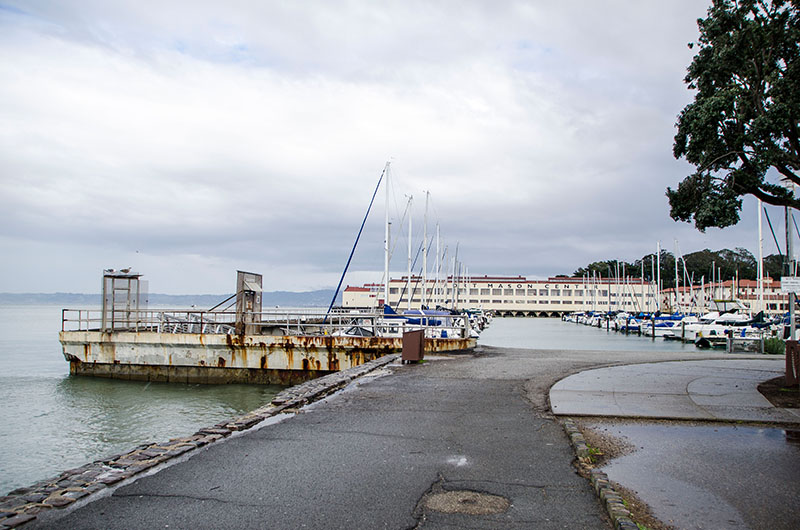 |
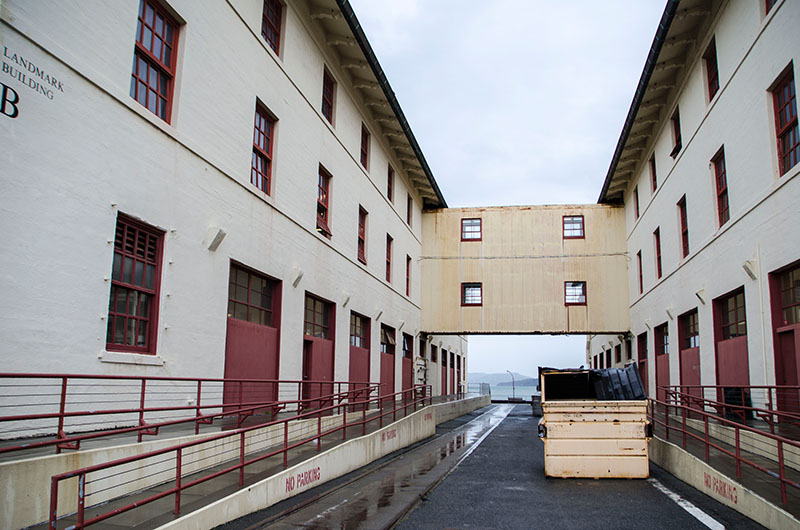 |
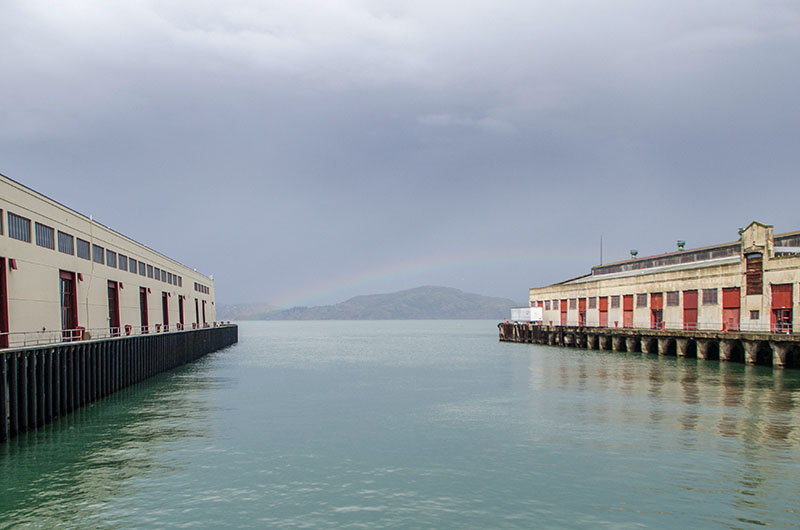 |
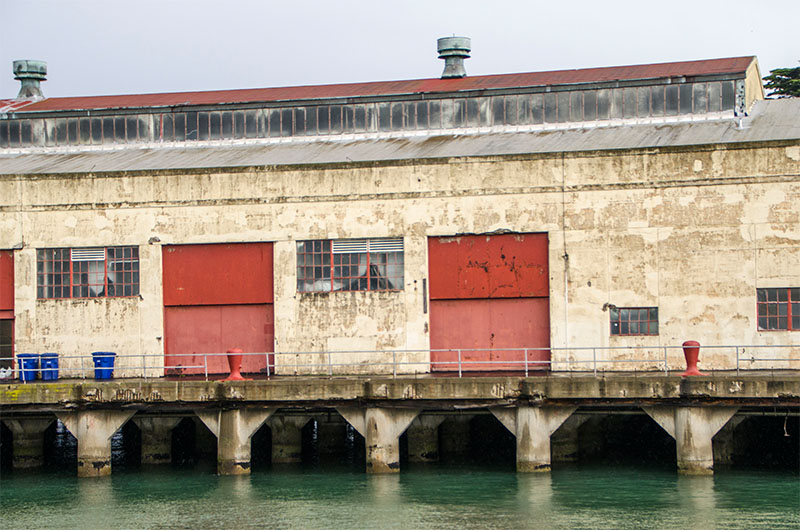 |
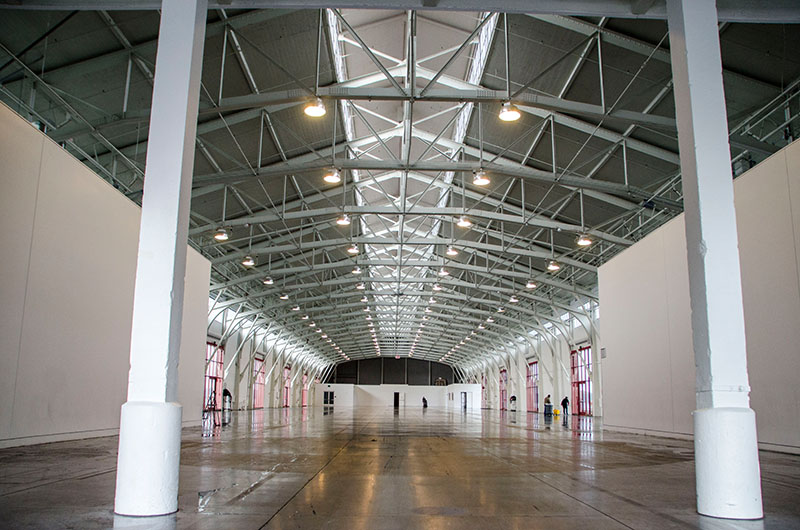 |
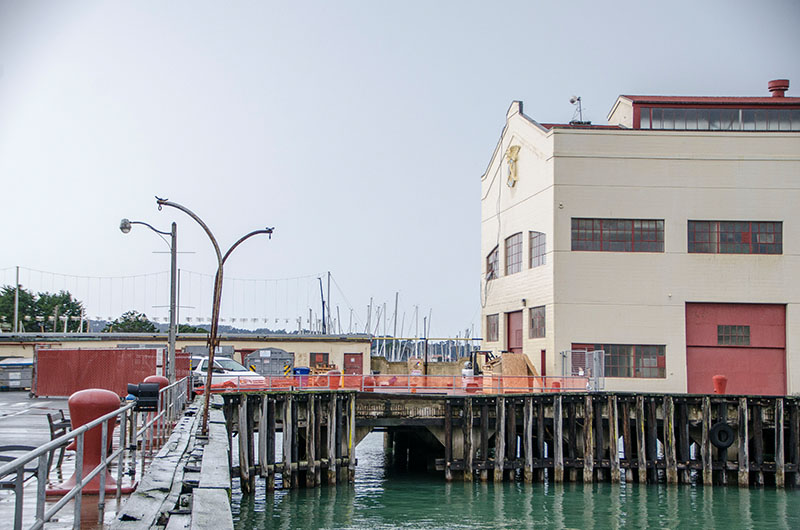 |
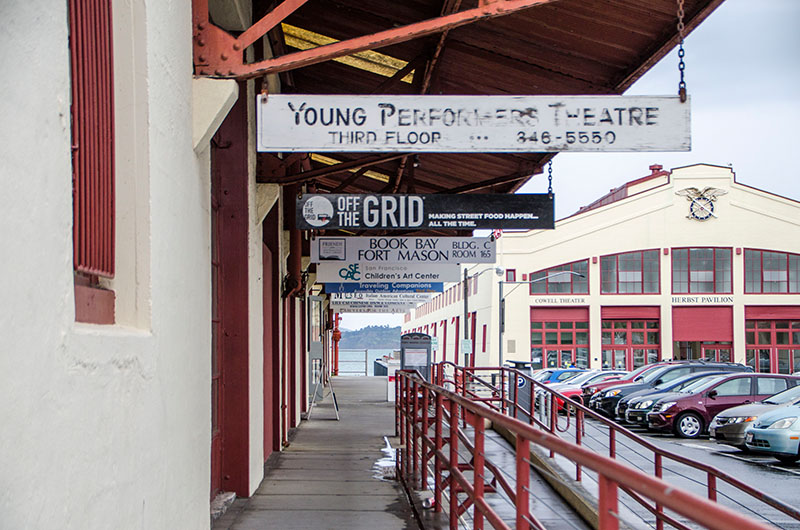 |
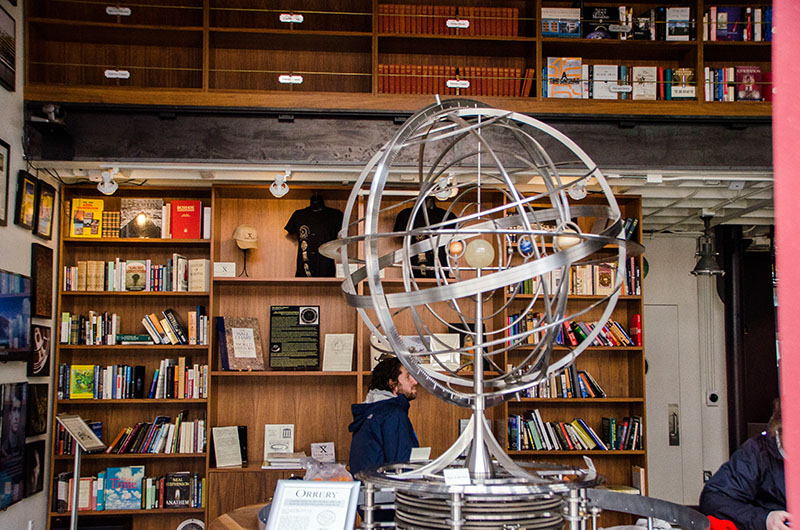 |
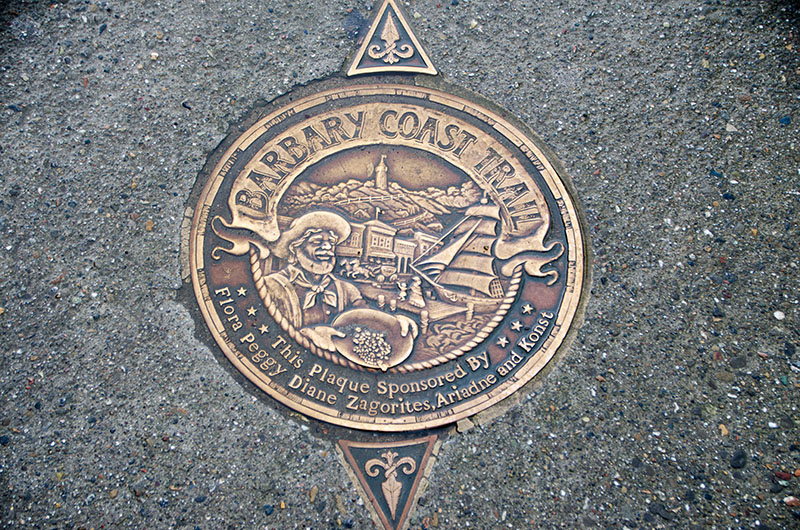 |
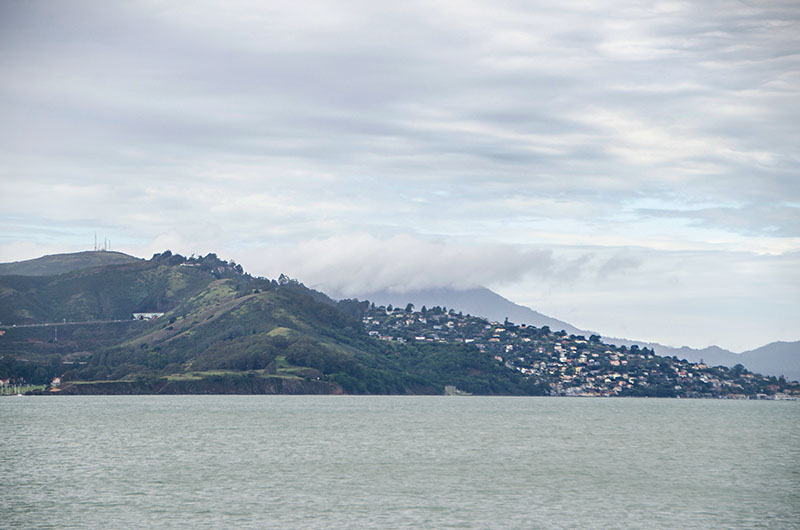 |
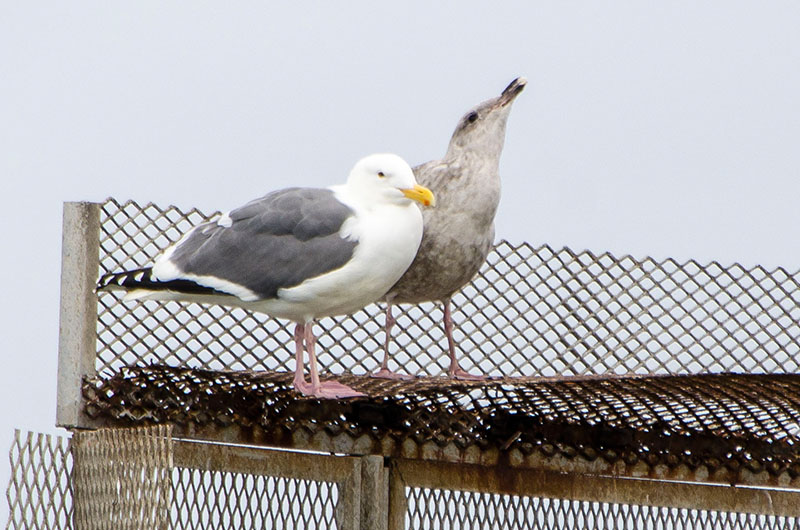 |
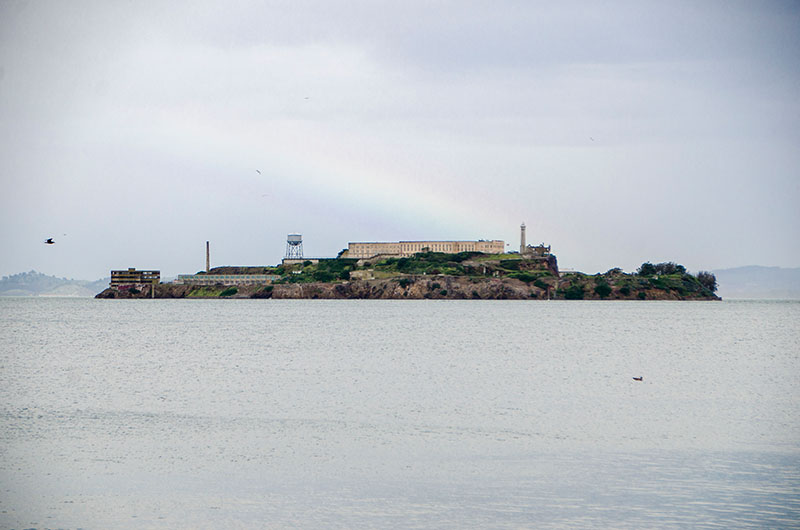 |
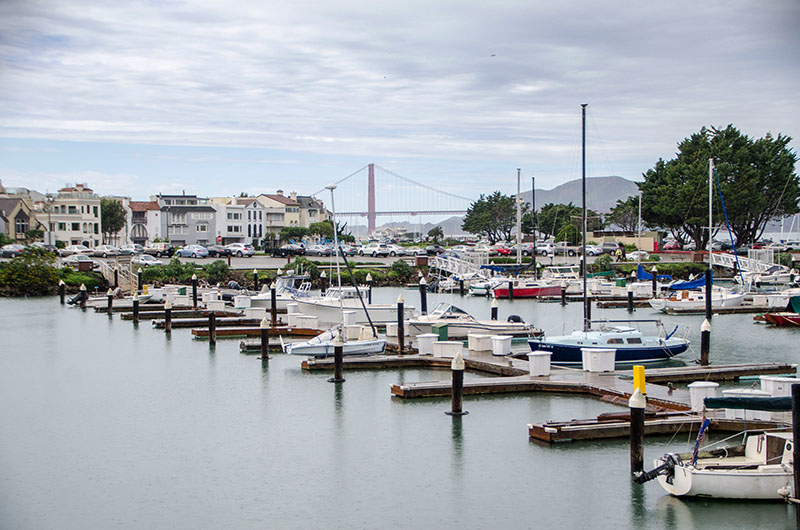 |
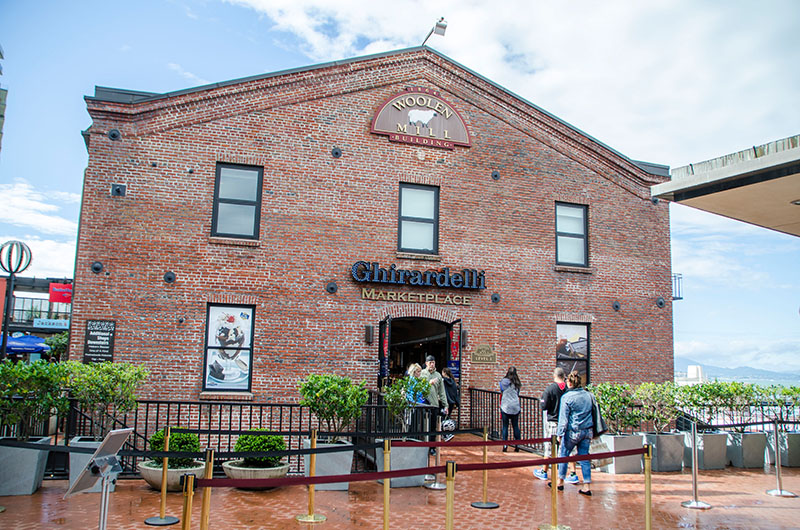 |
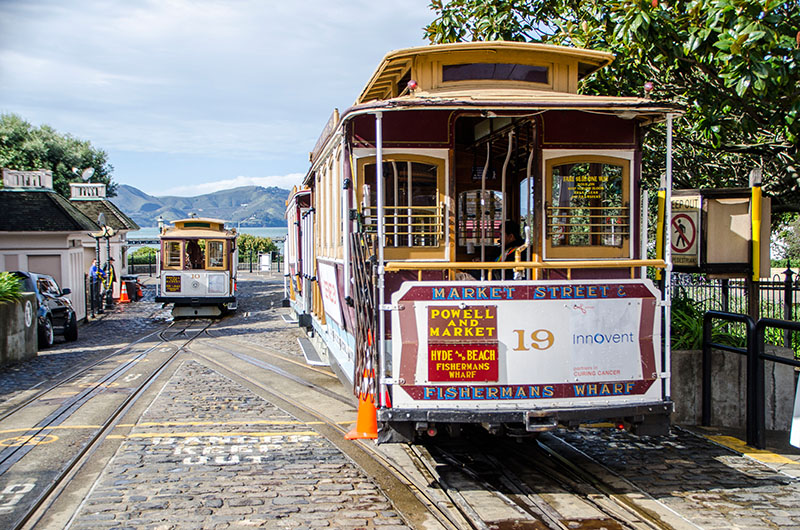 |
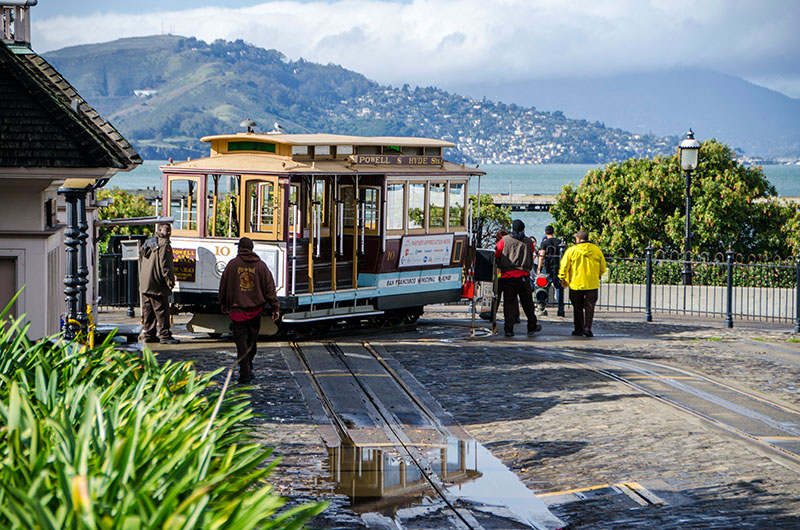 |
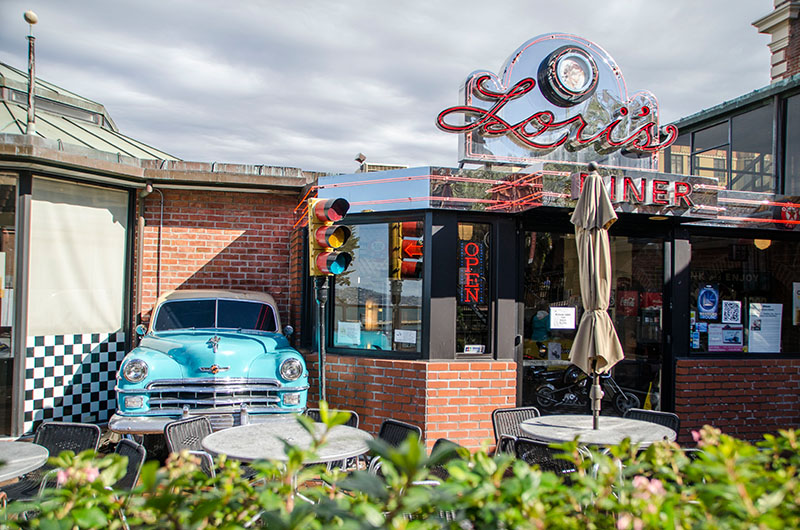 |
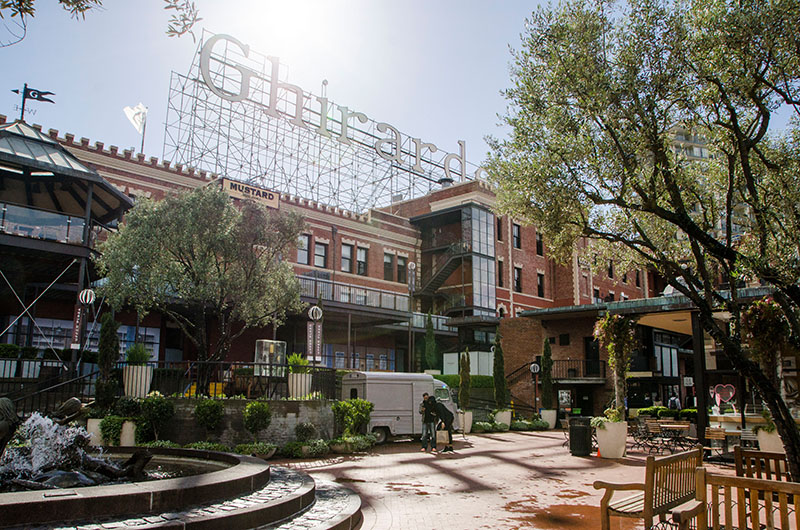 |
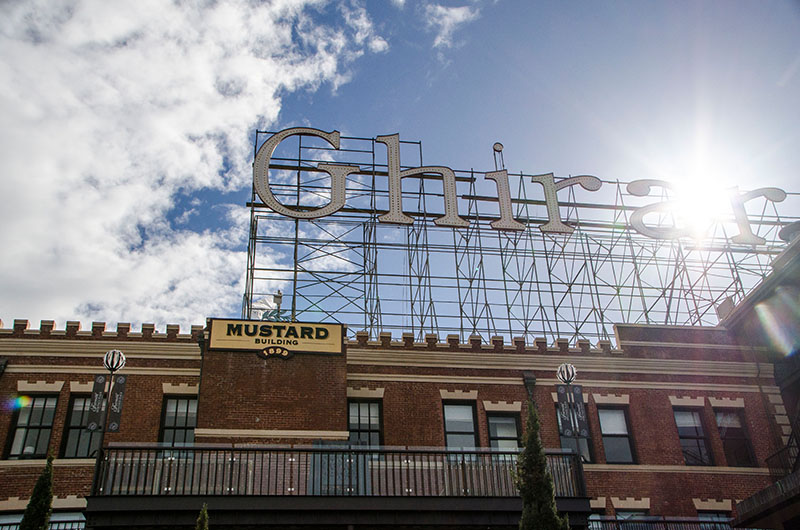 |
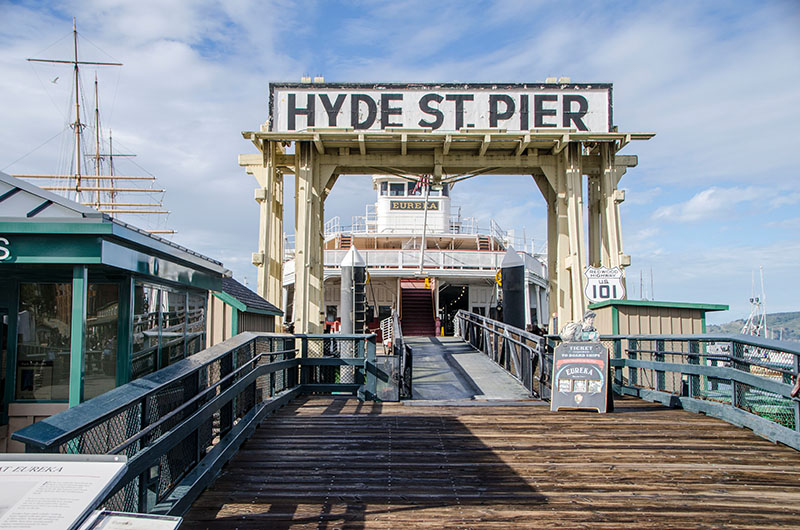 |
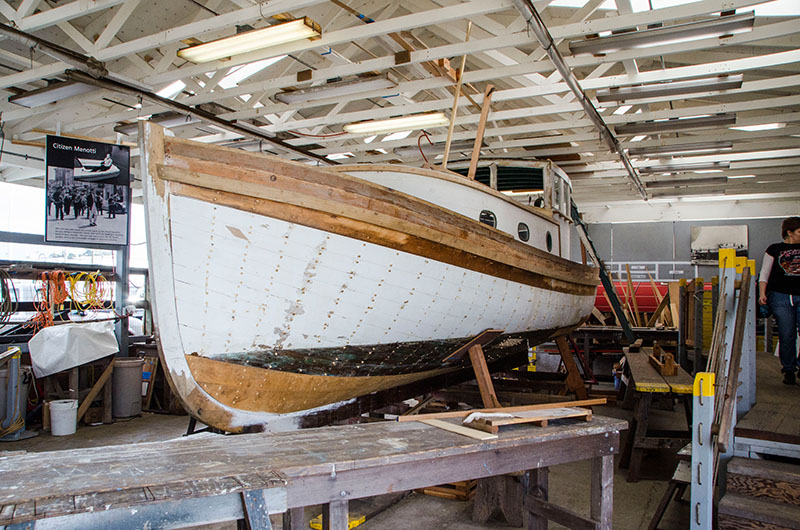 |
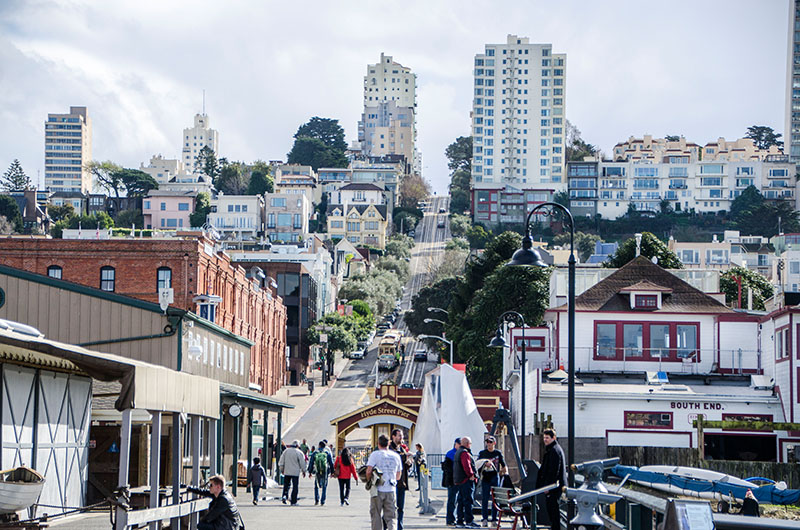 |
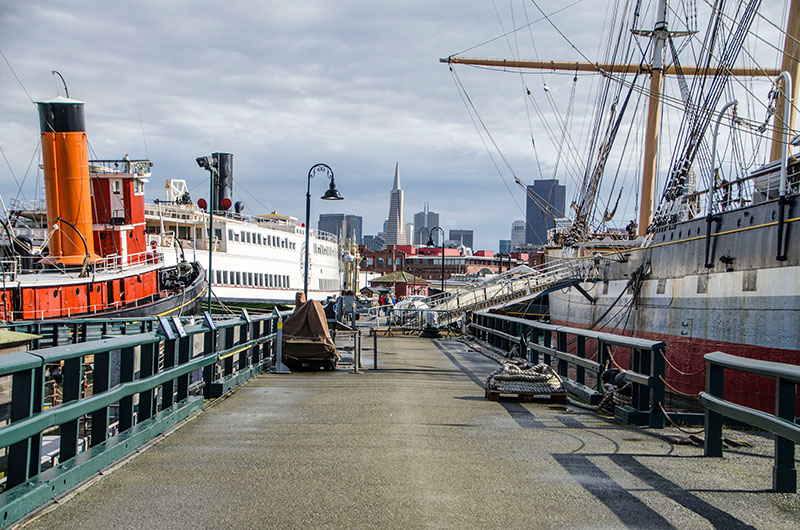 |
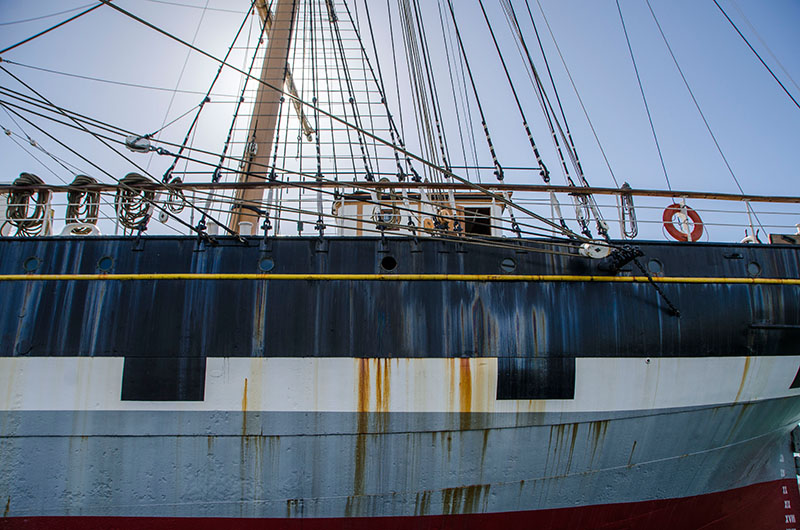 |
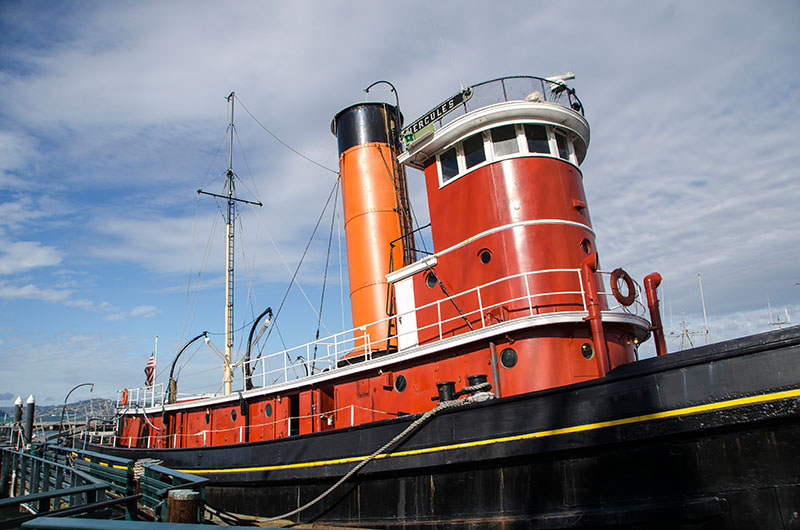 |
 |
 |
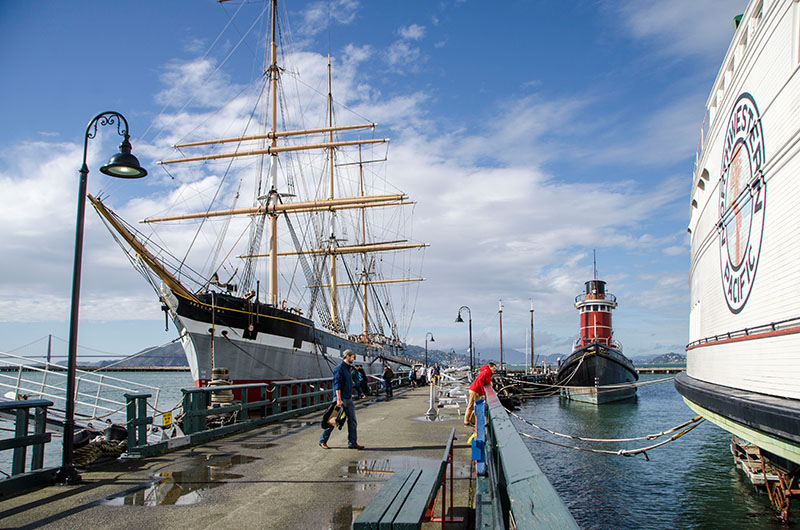 |
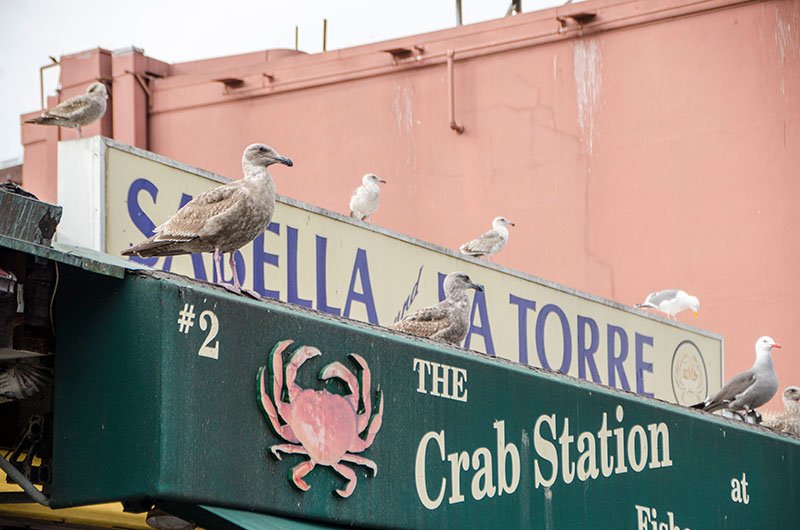 |
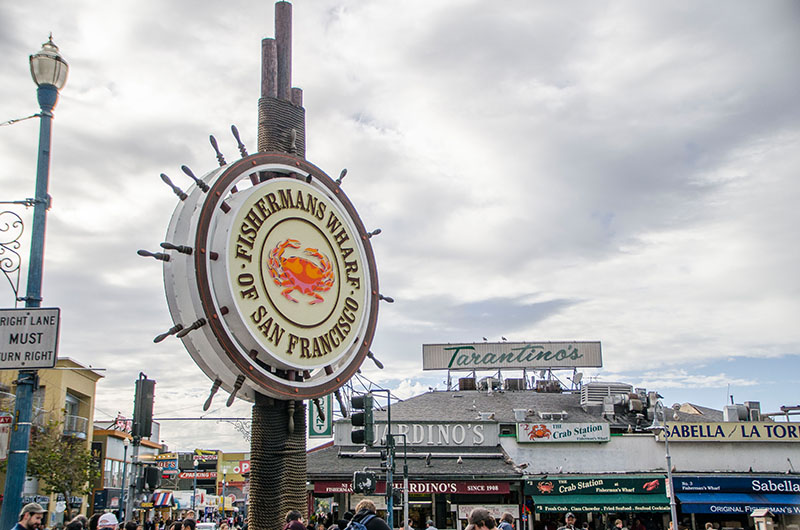 |
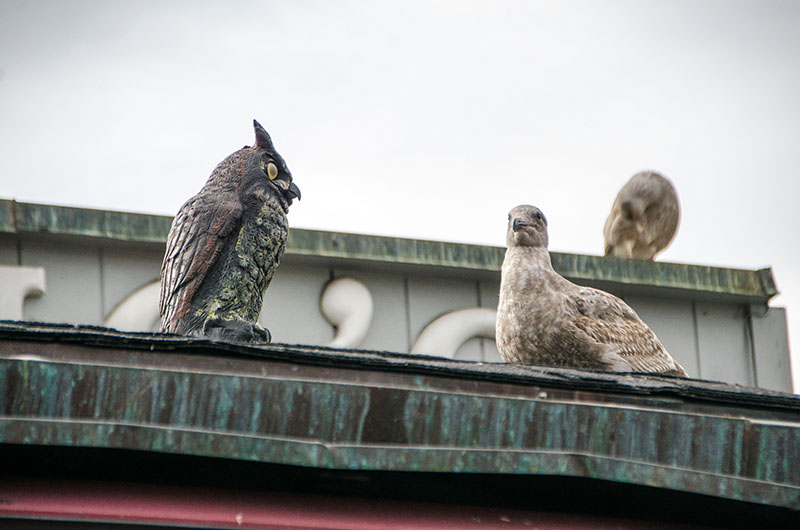 |
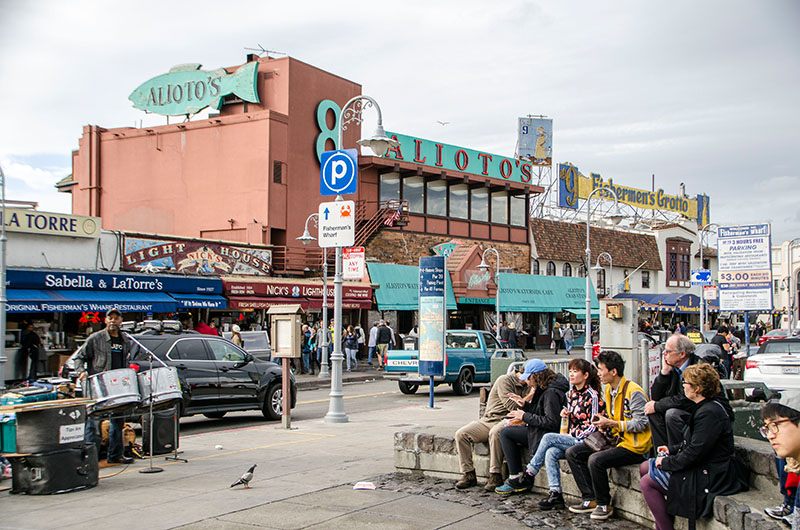 |
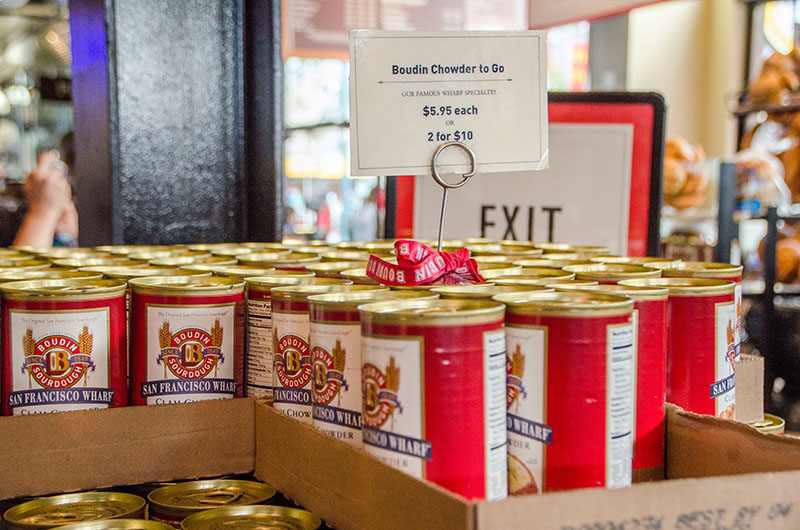 |
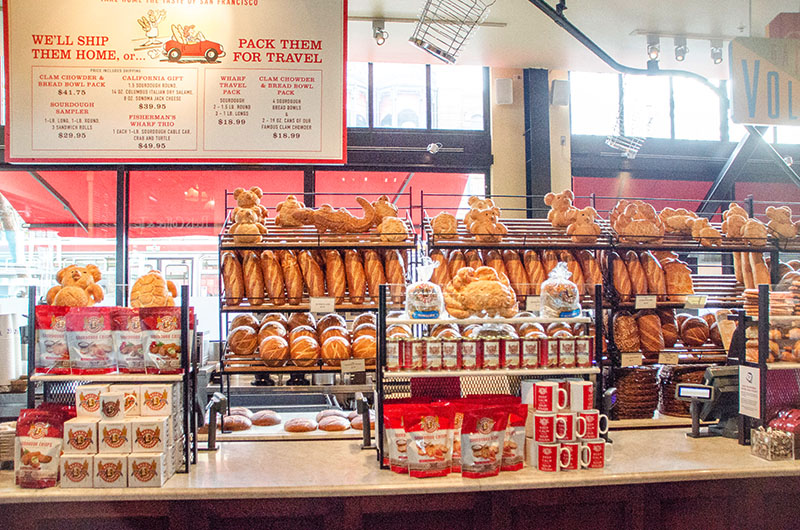 |
 |

San Francisco by night | monica meets
[…] Ghirardelli and Fisherman’s Wharf […]